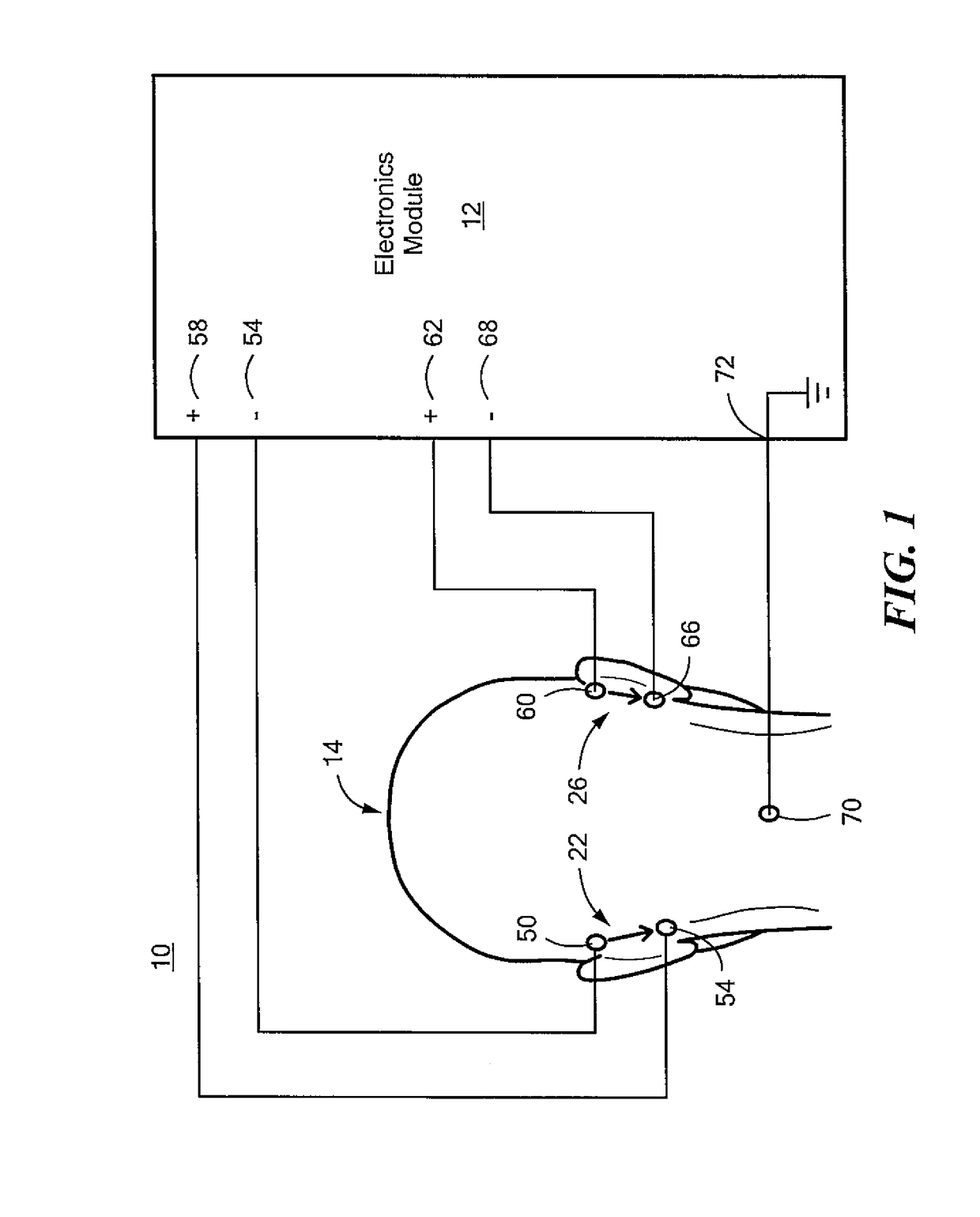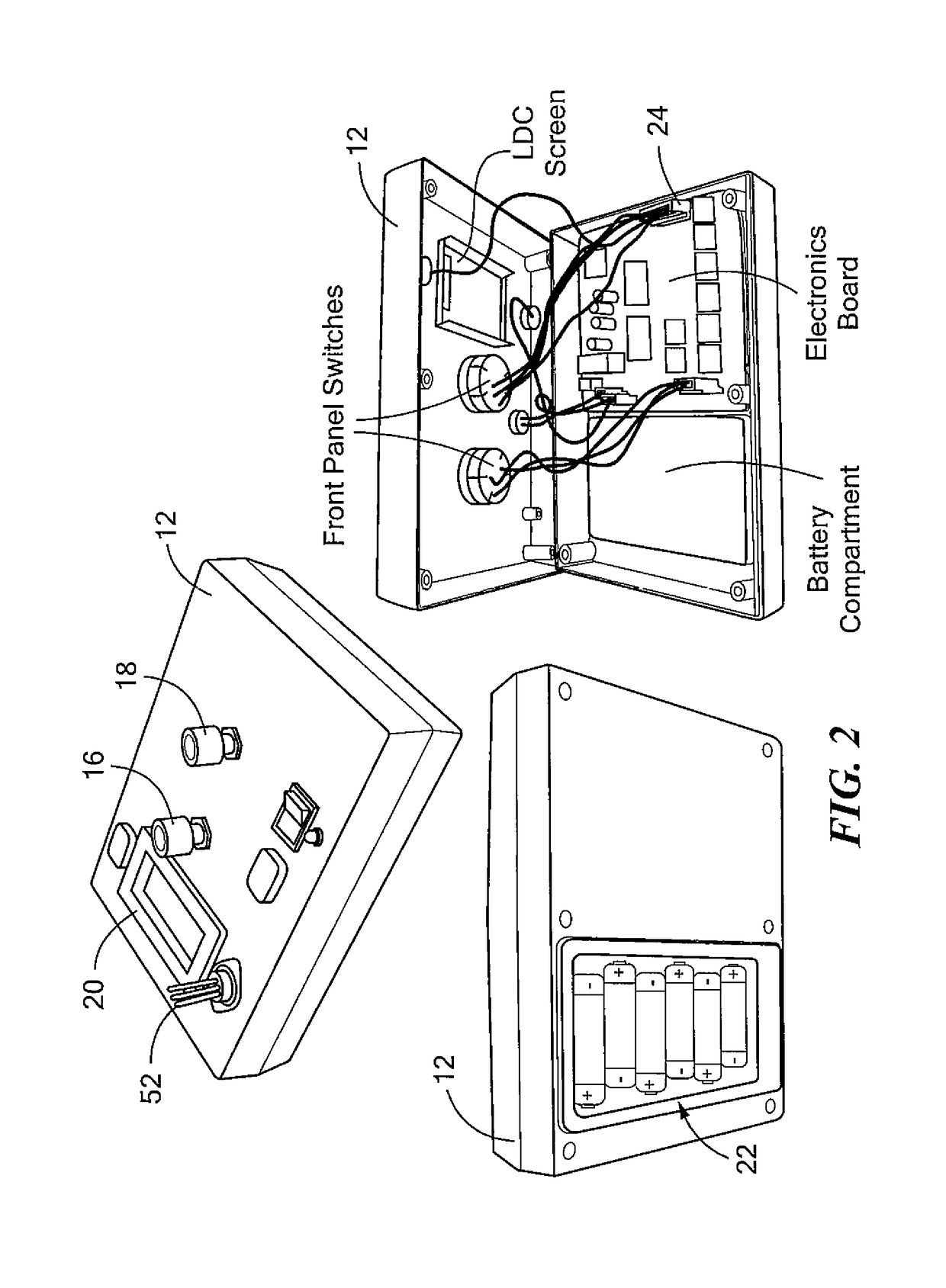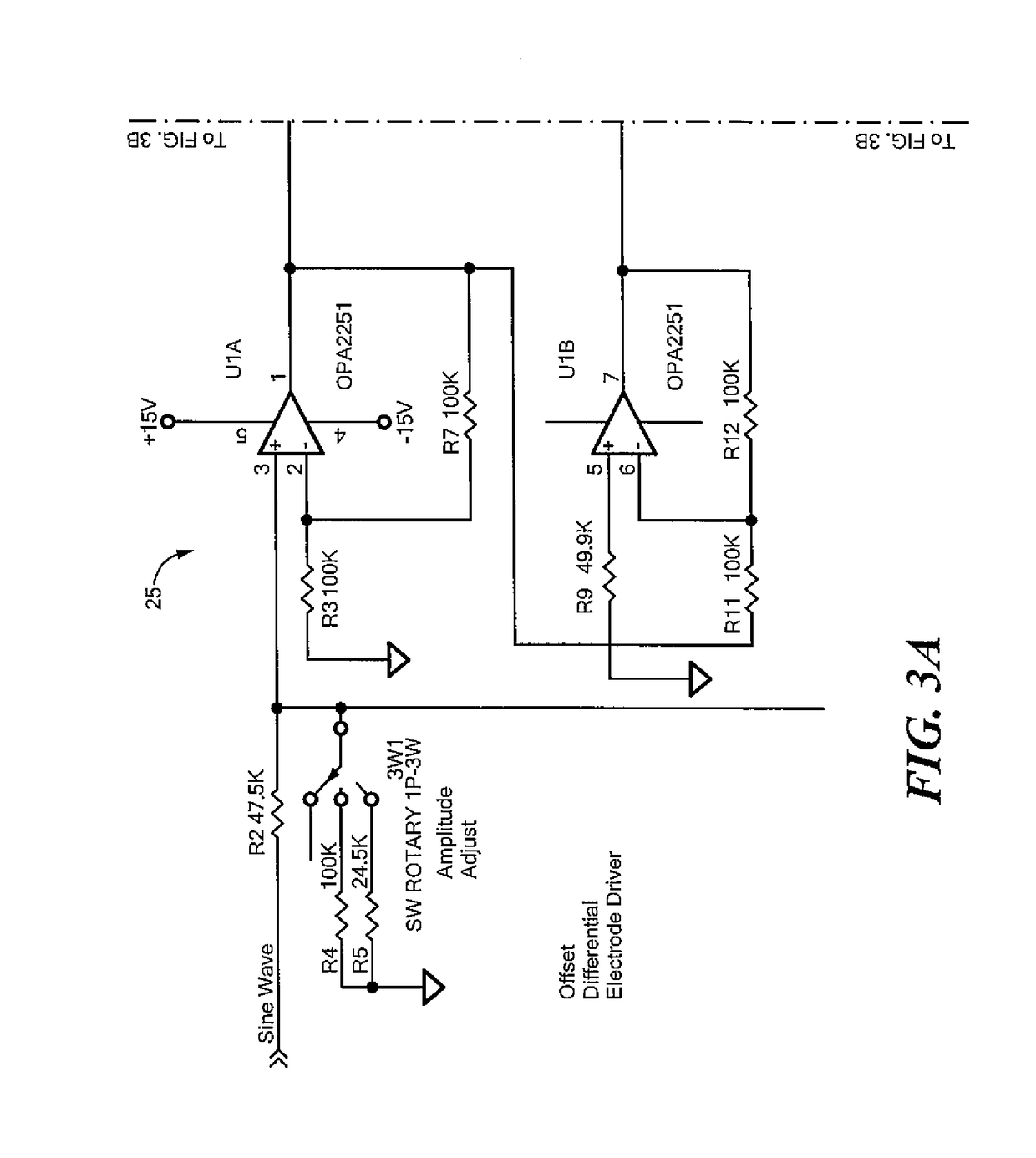System and method for suppressing vestibular activity of a human subject
a human subject and vestibular activity technology, applied in the field of system and method for suppressing vestibular activity of human subjects, can solve the problems of inability to synchronize proprioceptive inputs persistent problems such as spatial disorientation, and may come from proprioceptive inputs that fail to synchronize with other sensory cues, so as to reduce motion sickness, suppress vestibular activity, and reduce motion sickness
- Summary
- Abstract
- Description
- Claims
- Application Information
AI Technical Summary
Benefits of technology
Problems solved by technology
Method used
Image
Examples
Embodiment Construction
[0022]Aside from the preferred embodiment or embodiments disclosed below, this invention is capable of other embodiments and of being practiced or being carried out in various ways. Thus, it is to be understood that the invention is not limited in its application to the details of construction and the arrangements of components set forth in the following description or illustrated in the drawings. If only one embodiment is described herein, the claims hereof are not to be limited to that embodiment. Moreover, the claims hereof are not to be read restrictively unless there is clear and convincing evidence manifesting a certain exclusion, restriction, or disclaimer.
[0023]There is shown in FIG. 1 one embodiment for system 10 and the method thereof for suppressing vestibular activity of a human subject. System 10 includes electronics module 12 configured to generate one or more stimulation signals which are applied to electrodes at predetermined locations of head 14 of the human subject...
PUM
 Login to View More
Login to View More Abstract
Description
Claims
Application Information
 Login to View More
Login to View More - R&D
- Intellectual Property
- Life Sciences
- Materials
- Tech Scout
- Unparalleled Data Quality
- Higher Quality Content
- 60% Fewer Hallucinations
Browse by: Latest US Patents, China's latest patents, Technical Efficacy Thesaurus, Application Domain, Technology Topic, Popular Technical Reports.
© 2025 PatSnap. All rights reserved.Legal|Privacy policy|Modern Slavery Act Transparency Statement|Sitemap|About US| Contact US: help@patsnap.com



